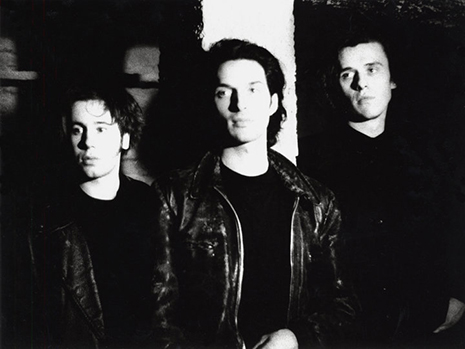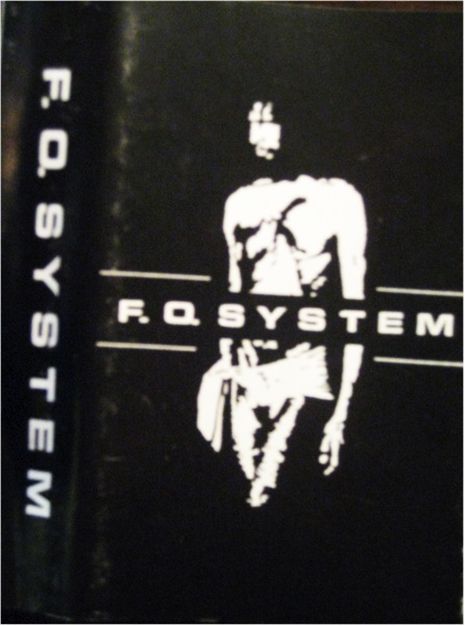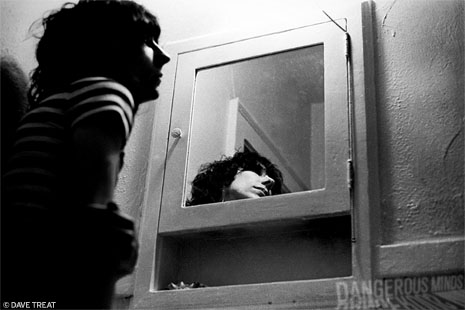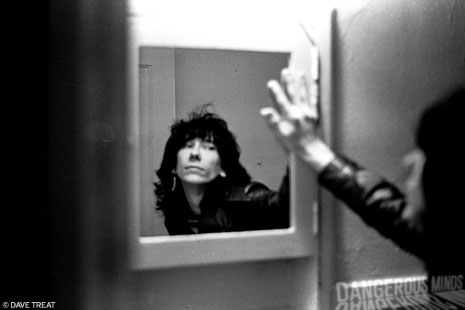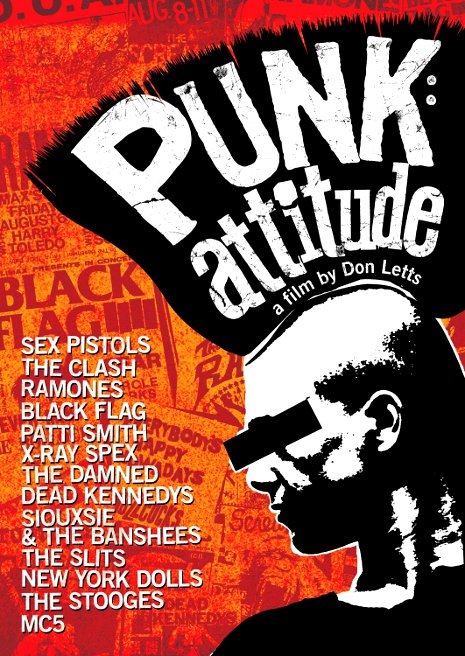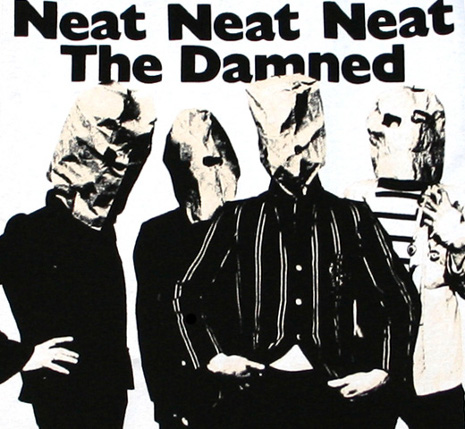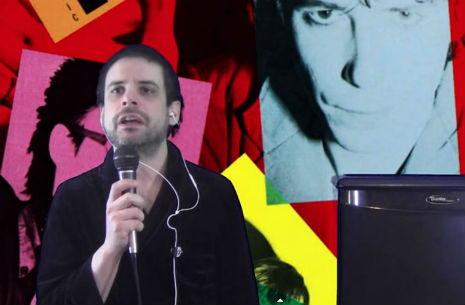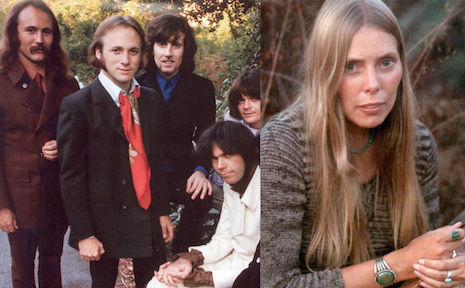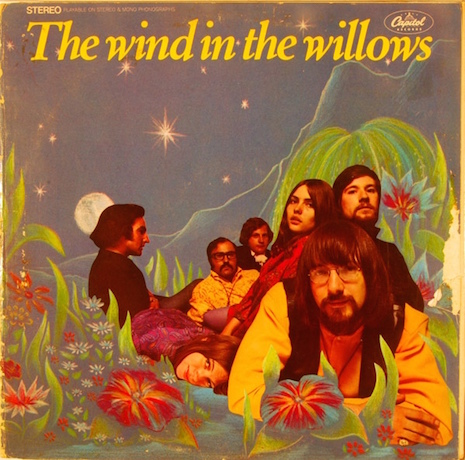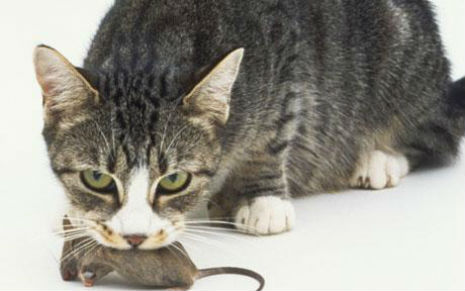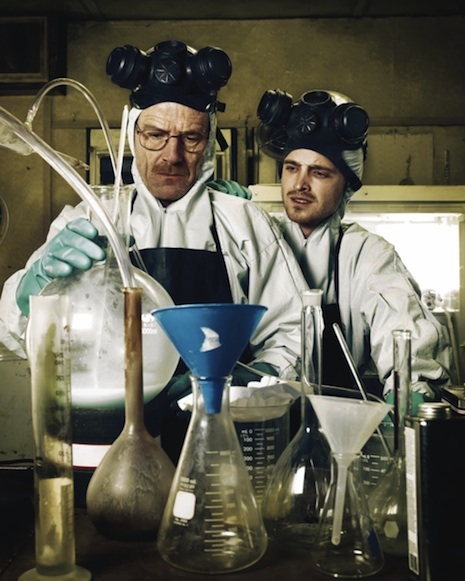
Well, here’s a thing: soon you may be able to brew your own drugs—that’s according to an article in the New Scientist which points out that:
Genetically engineered yeasts could make it easy to produce opiates such as morphine anywhere, cutting out the international drug smugglers and making such drugs cheap and more readily available.
This also means the Taliban-supporting Afghanistan poppy trade would no longer flourish and junkies could fix themselves a homegrown brew of smack, without even having to score. Or leave the house for that matter. This is gonna be HUGE.
However, there is one fairly major stumbling block: the genetically engineered yeasts capable of doing this do not as yet exist. That’s kind of a big one. But researchers hope to change this as they point to the “number of drugs, scents and flavours once obtainable only from plants can now be made using genetically modified organisms.”
Now they want to add opiates to that list because “they are part of a family of molecules that may have useful medicinal properties”:
Plant yields of many of these molecules are vanishingly small, and the chemicals are difficult and expensive to make in the lab. Getting yeast to pump them out would be far cheaper.
And about as easy as tending to a Kombucha SCOBY, something even a junkie could manage.
Of all the relevant researchers questioned by the New Scientist none doubted that brewing drugs would eventually happen.
“The field is moving much faster than we had previous realised,” says John Dueber of the University of California, Berkeley, whose team has just created a yeast that produces the main precursor of opiates. Until recently, Dueber had thought the creation of, say, a morphine-making yeast was 10 years away. He now thinks a low-yielding strain could be made in two or three years.
It might take many more years to produce a high-yielding strain. But once it exists, in theory anyone who got hold of it could make morphine in their kitchen using only a home-brewing kit. Merely drinking tiny quantities of the resulting brew – perhaps as little as a few millilitres - would get you high. “It probably is as simple as that,” says Dueber. “The beer would have morphine in it.”
We need to start thinking about the implications now, before such strains – or the recipes for genetically engineering them – become available, he says.
Other teams are working on producing tropane alkaloids – a family of compounds that include drugs such as cocaine. Cocaine-making yeasts are further off, as we still don’t understand certain critical steps that coca plants use to make cocaine. But there’s no reason we cannot engineer yeast to produce any substance that plants produce, once we understand the machinery, says biochemist Peter Facchini of the University of Calgary in Canada. “So indeed someone could potentially produce cocaine in yeast.”

Mead homebrew, but one day it maybe possible to brew heroin or cocaine beer.
Brewing drugs would certainly “democratize” drug production and give bearded hipsters an, er, addictive new hobby. It would also be difficult to police, and as the law currently stands difficult to prosecute (Good luck outlawing a yeast!). Unlike crystal meth labs, brewing does not create a toxic mess: waste products are just brackish water and some very mild chemicals like acetate.
The main concern is that such brewing techniques fall into “the wrong hands,” which is believed to be a major possibility.
REALLY??? YA THINK???
Read the whole article here.






